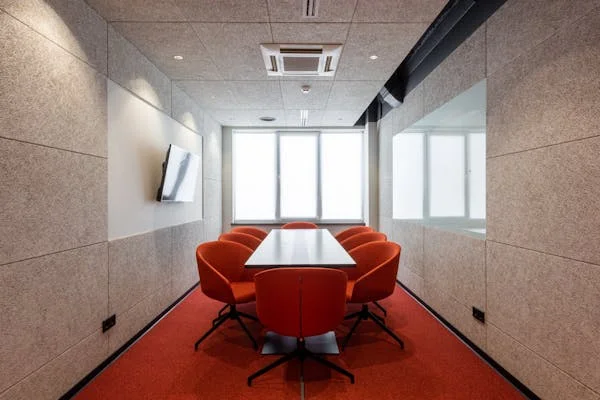Energy efficiency has become a prime factor nowadays in commercial building construction due to the ever-increasing cost of energy and awareness about environmental protection. Commercial buildings are one of the major consumers of energy, and enhancing energy efficiency will help reduce operational costs considerably by minimizing environmental impact. The pursuit of an highly energy-efficient approach can be satisfied through wall panels in a commercial building. Such panels will enhance insulation, reduce energy loss, and make the inside atmosphere more pleasant for the building occupants.
Insulation and Energy Efficiency
Insulation either can make or break the perspective of energy efficiency since it minimizes inward and outward heat transfer. Such advanced insulation material used in wall panels brings down the rate of heating and cooling to a greater extent. Traditional walls may have gaps, seams, or less effective insulation; unwanted air leaks compromise temperature control. Continuous insulation by insulated wall panels maintains stable temperatures indoors, creating a great economy in energy consumption. These wall panels help lower the energy bills along with carbon footprints by reducing demands for cooling and heating air, which are provided by HVAC systems.
Improved Thermal Performance of Wall Panels
One of the primary benefits of using wall panels is the enhancement in thermal performance of the panels as compared to the standard methods of construction. Many wall panels today are also engineered to include materials that improve their thermal resistance and, correspondingly, minimize heat gain during summer and heat loss during winter. This would be good in improving thermal performance under extreme climates with huge yearly variations in temperature and maintaining comfort inside the building. By providing unvarying indoor temperatures, wall panels promote occupants’ comfort and simultaneously reduce the workload on heating and cooling systems, thereby boosting energy efficiency in the process.
Heat Island Effect Reduction
Heat island effect is a case whereby human activities and structures result in higher temperatures, sometimes by a factor of over ten degrees, in urban areas compared to rural areas. This can be minimized by wall panels through the reflection of solar radiation and reduced heat absorption. This is because commercial buildings can reduce heat storage by using lighter-colored or reflective material for wall panels. Reduced heat absorption will be conducive to a cooler environment, not only within the building itself but also in the ambient temperature of the surrounding areas-a contribution to urban development in a sustainable manner.
Simplified Construction Processes
Aside from the reduction of consumption, wall panels can also facilitate more efficient processes in building that can indirectly support the aims for energy efficiency in commercial construction. Many wall panels are prefabricated; this means quicker on-site installation. This speedier installation reduces the time the building is subjected to the elements, thereby reducing energy loss during the construction process. Besides, wall panels simplify the overall design and construction process, reducing the amount of material waste. Minimal construction time and material waste enable business owners to achieve their goals in more effective and responsible ways in terms of energy efficiency.
Improved Ventilation and Air Quality
Good ventilation contributes greatly to good indoor air quality and can be crucial to a building’s energy efficiency. Wall panels can be designed to integrate ventilation systems for efficient air circulation without energy loss. For instance, some wall panels incorporate built-in ducts or channels through which conditioned air can be distributed effectively. Such integration would guarantee that the occupants will share a well-ventilated space without overloading the HVAC systems. Improved quality of air means a healthy working environment, an imperative consideration in commercial spaces.
Regulatory Compliance and Sustainability Standards
As regulatory demands for energy efficiency continue to tighten, so too does the ask from the commercial building. To that end, the use of wall panels in construction can aid in meeting changing conditions for certification of green buildings. Recycled materials make up most wall panel systems and have incorporated energy efficiency into their design. By accepting wall panels, one is effectively showing their commitment to sustainability and ongoing regulatory controls. The alignment not only improves the reputation of a company but also can come in handy in terms of financial incentives, such as tax breaks or grants for energy-efficient construction.
One of the best ways to construct commercial buildings with the motive of energy efficiency is integrating wall panels into the construction process. This helps in improving insulation, providing better thermal performance, and enabling faster construction, contributing to reduced consumption of energy, hence reducing operational costs. Their functionality for modern commercial buildings comes from being able to clean the air inside the building and see through with sustainability codes. With businesses looking to reduce their impact on the environment and continue to be able to operate in a highly sustainable manner, wall panels give a feasible technique for creating energy-efficient spaces that are both good for occupants and the planet.





